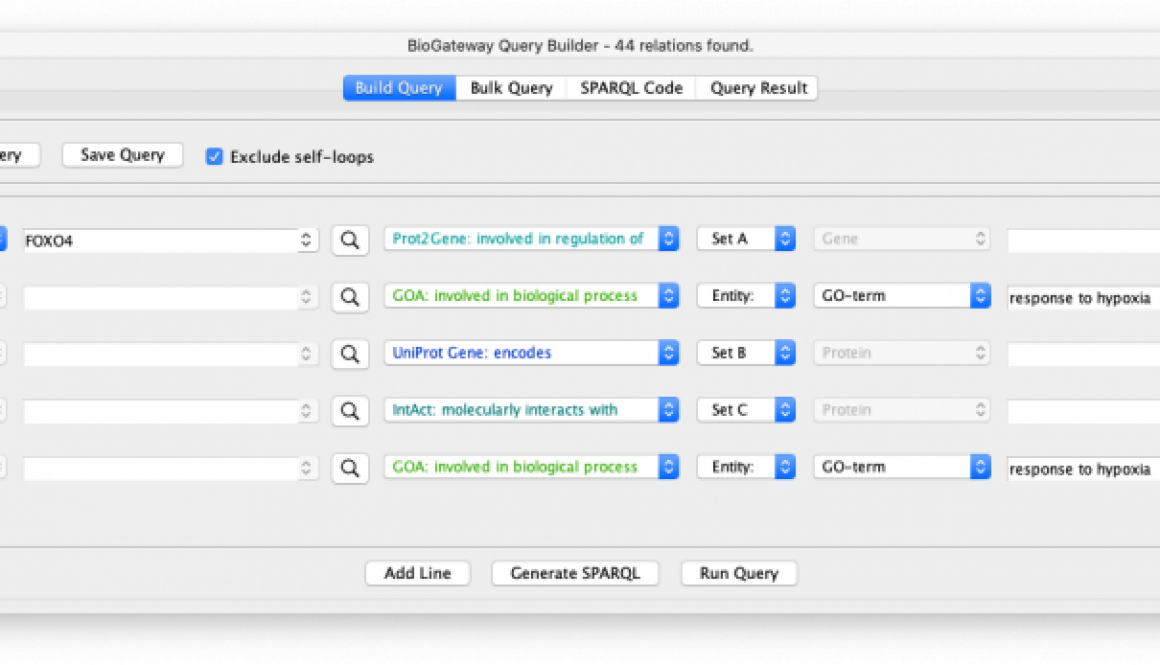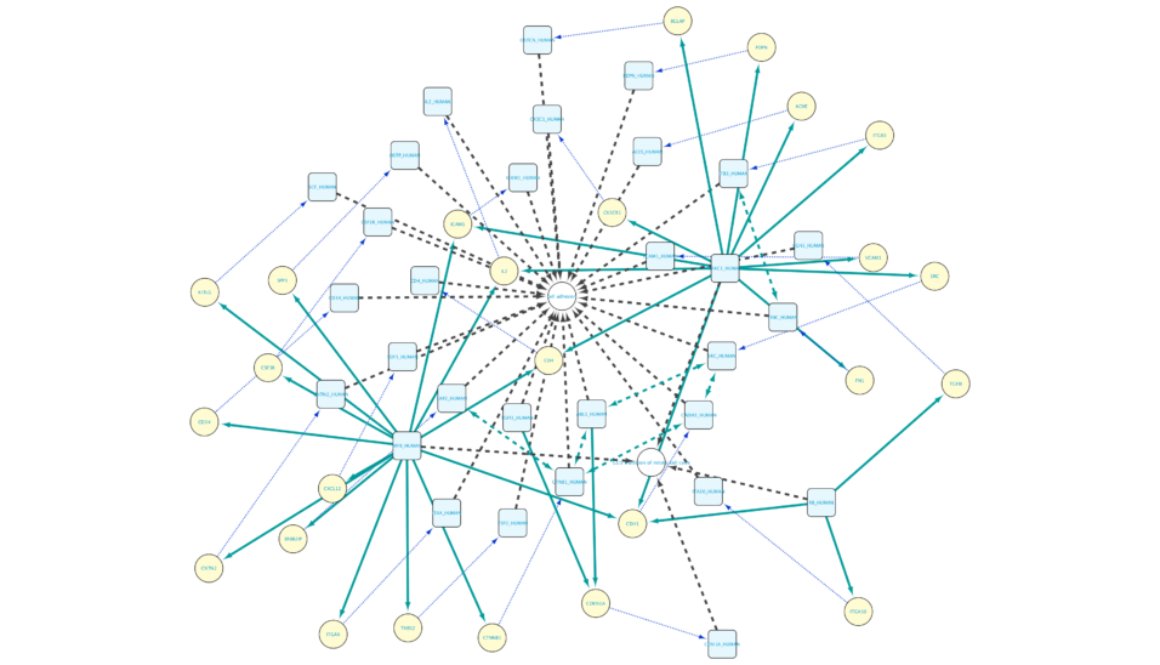[Resolved] BioGateway is down for maintenance
The BioGateway Cytoscape app and the SPARQL endpoint will be down today as we are moving the service to a new location.
[Update]
The servers are now up again. We currently only support the latest “2407” release.



